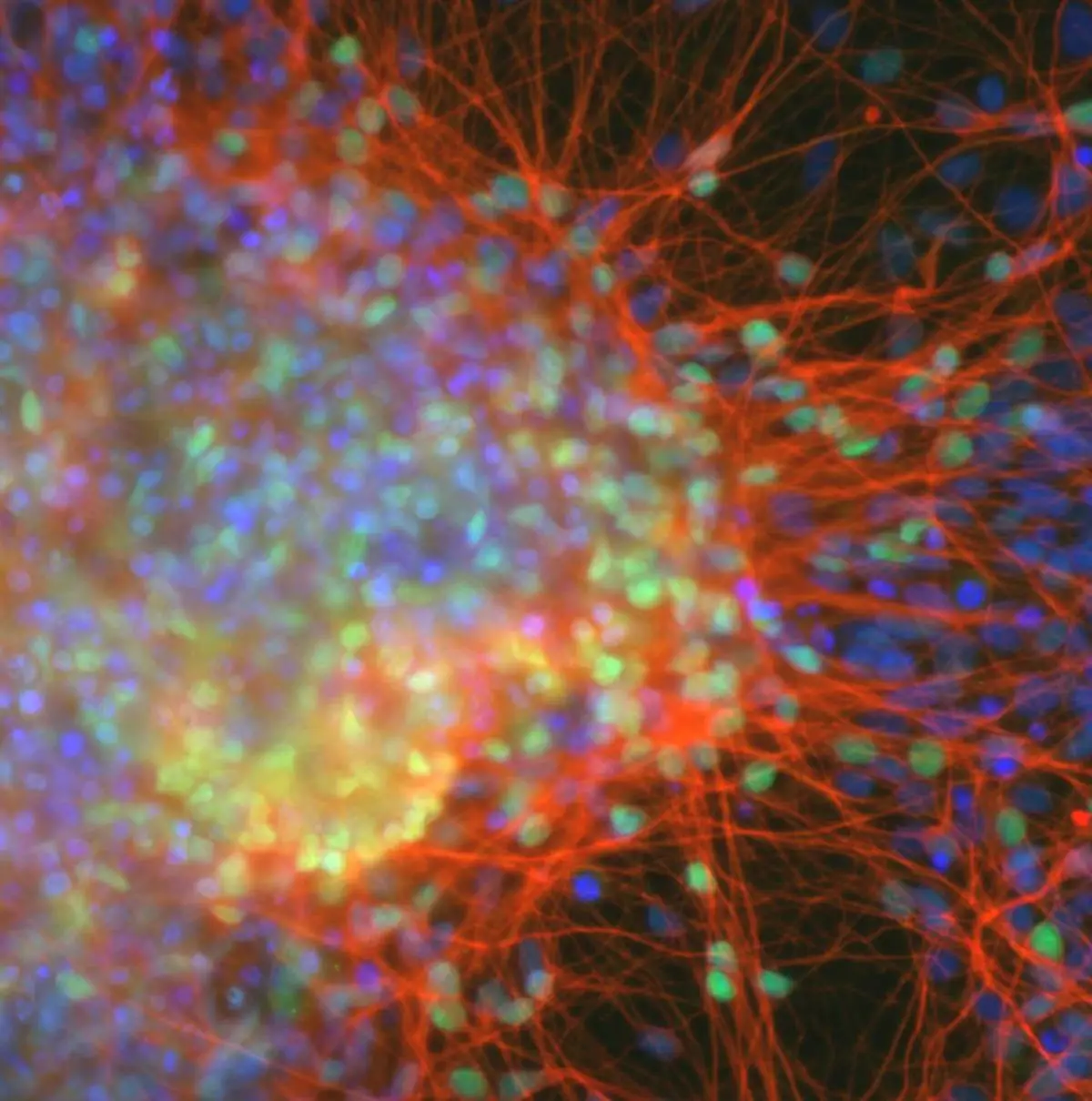Summary of MIT Pioneers Gene Editing mRNA Nanoparticles To Combat Lung Diseases:
MIT and the University of Massachusetts Medical School have designed a nanoparticle capable of delivering mRNA that encodes useful proteins into the lungs, paving the way for a new generation of treatments for cystic fibrosis and other lung diseases. Mice testing showed that the particles facilitated efficient delivery of mRNA encoding CRISPR/Cas9 gene editing machinery, leading to therapeutic nanoparticles that could replace disease-causing genes. The researchers are working on making the particles more stable for inhalation and plan to test them in mice with cystic fibrosis and other lung diseases. “This is the first demonstration of highly efficient delivery of RNA to the lungs in mice. We are hopeful that it can be used to treat or repair a range of genetic diseases, including cystic fibrosis,” said Daniel Anderson, a professor in MIT’s Department of Chemical Engineering.
*****
Researchers Develop Nanoparticles That Deliver Therapeutic RNA to the Lungs
Researchers at the Massachusetts Institute of Technology (MIT) and the University of Massachusetts Medical School have designed a new nanoparticle capable of delivering messenger RNA (mRNA) encoding useful proteins to the lungs. The team is working to aerosolize the nanoparticles for inhalation and intends to conduct tests on mice. This breakthrough could allow for new treatments for diseases such as cystic fibrosis, which impacts tens of thousands of people in the United States alone.
Delivering mRNA to the Lungs
One of the most significant obstacles to mRNA-based therapies thus far has been difficulty delivering the molecule to the right part of the body without creating unwanted side effects. Injected nanoparticles often accumulate in the liver, making targeted lung delivery more challenging. This development could potentially enable efficient and targeted delivery of the mRNA to the desired area.
Efficient CRISPR Delivery Potential
The team used the particles to deliver mRNA encoding CRISPR/Cas9 gene editing machinery components in a mouse study. This function paves the way for therapeutic nanoparticles that can remove and replace disease-causing genes altogether.
Chemical Combinations
The team designed ten chemical structures for the lipid tails forming the nanoparticles. It screened them with 72 other head groups to make the nanoparticles more likely to reach the lungs. Early tests show the new particles can be cleared from the lung within a few days, potentially reducing the risk of inflammation.
Potential Lung Gene Delivery Applications
Dan Peer, director of the Laboratory of Precision NanoMedicine at Tel Aviv University, says this achievement paves the way for promising therapeutic lung gene delivery applications for various lung diseases. This platform offers many advantages over traditional vaccines and therapies, including rapid manufacturing and a favorable safety profile.
Future Research
The researchers modified the nanoparticles for stability and aerosolization, enabling repeated dosages via a nebulizer. They plan to test the particles in a mouse model for cystic fibrosis to correct the genetic mutation responsible for the disease. The team also hopes to extend the platform to develop treatments for other lung diseases, such as idiopathic pulmonary fibrosis, and mRNA vaccines that can directly target the lungs. Translate Bio, the National Institutes of Health, the Leslie Dan Faculty of Pharmacy startup fund, a PRiME Postdoctoral Fellowship from the University of Toronto, the American Cancer Society, and the Cystic Fibrosis Foundation funded the research.


Comments are closed